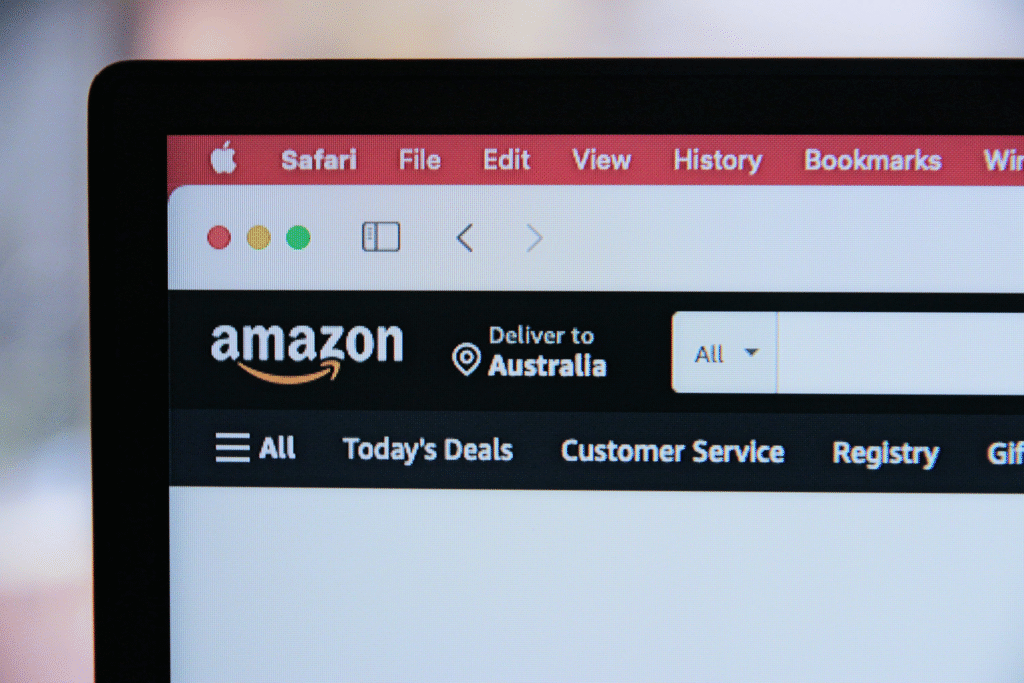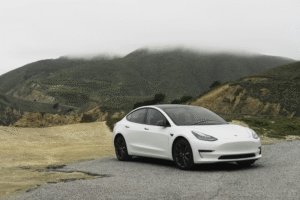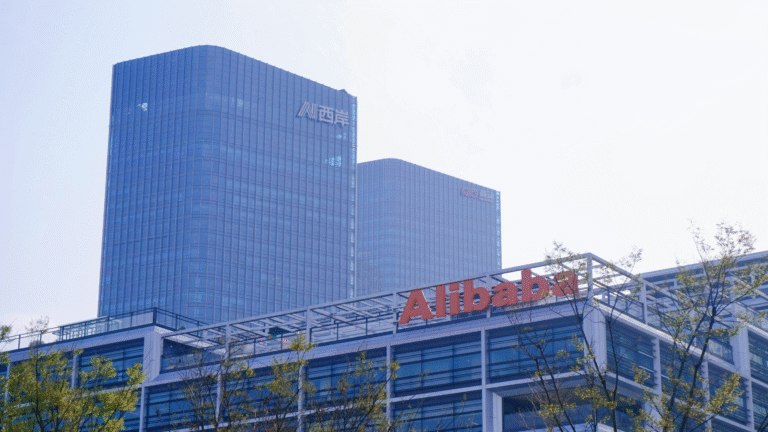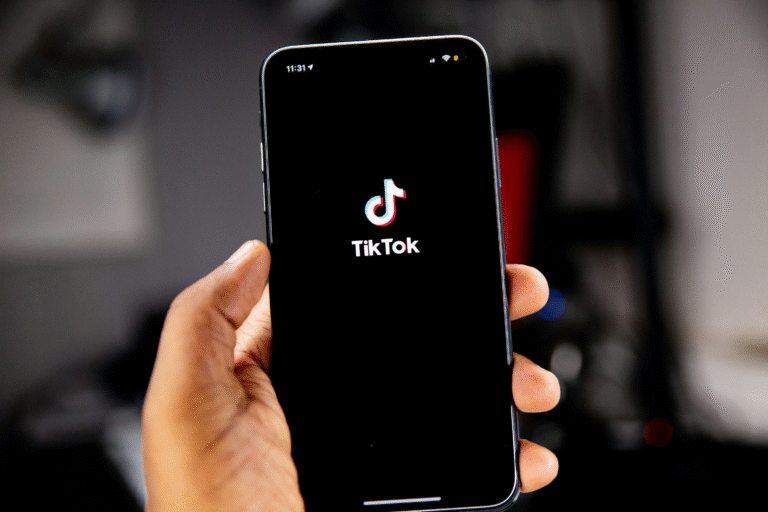The quiet rhythm of a Texas neighborhood shifted last week when a small delivery drone brushed against a thin overhead cable, briefly reminding everyone that the future of automated deliveries is still learning how to coexist with everyday infrastructure. The U.S. Federal Aviation Administration has now opened an investigation into Amazon after the company confirmed that one of its MK30 drones clipped an internet line in the city of Waco. For a service built on precision, even a tiny misstep becomes a moment worth examining closely. According to the FAA, the incident took place on the afternoon of November 18 at around 12:45 p.m. The regulator shared that “a MK30 drone struck a wire line in Waco, Texas, around 12:45 p.m. local time on Tuesday, November 18,” and said the agency “is investigating” what happened and why. The acknowledgment alone signals how seriously U.S. aviation authorities treat even minor drone mishaps, especially when the aircraft involved belongs to one of the world’s most closely watched technology companies.
Amazon confirmed the basics. A spokesperson explained that the drone had just completed a delivery before rising from a customer’s yard and making contact with an overhead internet cable. They said the drone performed a “Safe Contingent Landing,” the kind of emergency response Amazon designed specifically for unexpected disruptions. The spokesperson emphasized that “there were no injuries or widespread internet service outages,” making it clear that while the event was unusual, it did not escalate into something dangerous for the community. Video reviewed by CNBC, which first brought the incident to wider attention, showed the MK30 drone beginning its ascent before one of its propellers became wrapped in a low utility line. That brief snag caused the drone’s motors to shut down automatically, triggering a controlled descent to the ground. It is the kind of quiet, almost anticlimactic fall that the engineering teams behind these drones hope for, because predictable failure is a fundamental part of safe automation.
Even so, the sight of a sleek delivery drone dropping into a neighborhood after touching a wire is the sort of moment that sticks in the public imagination. The National Transportation Safety Board confirmed that it would not be separately investigating this case. For the NTSB, overwhelming priority typically goes to aviation events involving severe damage, major injuries or significant risks to public safety. This small Texas mishap did not cross that threshold. The FAA, however, continues to be responsible for certifying drone operations in the United States, and any aircraft incident that involves national airspace falls under its review. The backdrop to this incident is Amazon’s ambitious push to normalize drone deliveries across the United States. AllianceTexas, a sprawling logistics hub near Fort Worth where Amazon has been expanding its operations, has become one of the company’s central test grounds.

The company hopes that the MK30, which is lighter, quieter and more efficient than earlier models, will help make aerial delivery as routine as seeing a delivery van at your doorway. But as the Texas event illustrates, even the most advanced automation still depends on navigating the unpredictabilities of the real world. I have followed Amazon’s drone experiments for years, often fascinated by the way the company tries to stitch cutting-edge aviation engineering into everyday life. There is something both impressive and unfinished about watching technology attempt to map itself onto neighborhoods full of trees, cables, fences and improvisational human habits. The Waco incident feels like another step in that long learning curve. It is a reminder that every breakthrough comes with a checklist of small stumbles, and this one happened to brush against the fabric of someone’s internet connection.
These drone systems rely on sensors, software and satellite links to stay aware of their surroundings. Yet the challenge of spotting narrow cables, especially against bright skies, has been an industry-wide puzzle. Engineers across multiple drone companies frequently discuss the difficulty of detecting thin utility lines that can disappear visually unless viewed from certain angles or with certain sensors. For Amazon, each incident becomes another data point feeding into improvements, whether through better image-processing algorithms, updated flight paths or enhanced detection hardware. What makes this moment more delicate for Amazon is that it comes only weeks after another incident drew federal attention. In October, both the NTSB and the FAA said they would examine a case in Arizona where two Amazon Prime Air drones collided with a crane boom. That earlier investigation is still ongoing, and now the Texas incident adds another line to the evolving conversation around the safety of commercial drone operations.
While neither event caused injuries, patterns matter when regulators look at emerging technologies that share airspace with people. Amazon’s drone delivery program has always carried a blend of optimism and scrutiny. Supporters frame it as the next frontier of fast and environmentally conscious delivery, potentially easing traffic congestion and reducing emissions tied to short-distance van trips. Skeptics question its practicality, its reliability and its ability to integrate smoothly into communities full of overhead wires, unpredictable pets, sharp corners and varying weather conditions. Moments like the Waco event reawaken those questions, inviting a closer look at how much refinement the technology still requires. From my own perspective, the promise of drone delivery has always rested on whether these machines can earn public trust over time. It is one thing to watch a demonstration in a controlled field. It is another to see a drone successfully navigate the intricate tangle of a real neighborhood. Incidents like this cable strike do not erase the progress Amazon has made, but they remind us that this is an experiment unfolding in public view. That visibility brings with it a responsibility for caution, transparency and constant improvement. For now, the FAA will gather its information, assess the drone’s behavior and determine whether further action is warranted. Amazon will analyze the logs, update protocols if needed and continue refining its fleet. Residents in Waco will likely remember the moment a futuristic delivery machine brushed against a very ordinary internet cable, prompting a federal inquiry.












